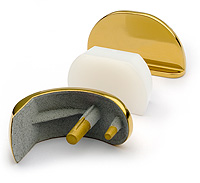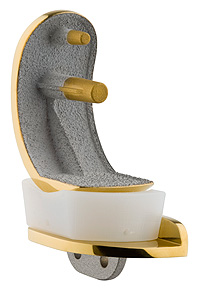

The knee joint is traditionally divided into three compartments. There are two compartments between the leg and the thigh bone (Tibiofemoral joint), namely Medial (inside) and Lateral (outside). There is one further compartment behind the knee cap (patello-femoral joint).
The unicompartmental or unicondylar knee replacement as the name suggests is about replacing only one compartment of the knee joint, which is worn-out. The rationale being that if only one compartment of the knee is worn out then why replace the whole joint?
Traditionally this refers to the Tibiofemoral joint (between the leg bone and the thigh bone). However, there are certain criteria that must be met to safely and effectively undertake this surgery. These include, but not restricted to, single compartment wear, localized pain, intact anterior cruciate ligament, relatively good range of motion (at least 100 degrees of knee bend) and a correctable deformity. The surgeon relies on patient’s history, meticulous clinical examination and radiographs to decide the suitability for such an operation. Further assessment, if needed, can be undertaken using key-hole surgery to visualize the health of the remaining knee joint.
With unicondylar knee replacements one can preserve more bone and soft tissues, and hence the rehabilitation and return to function is generally quicker than a total knee replacement. However, there is risk of subsequent wear and tear affecting the rest of the joint and compromising the results in future. In carefully selected patients good results have been reported at 10 years. Risks and complications of this type of surgery are similar to total knee replacement.
